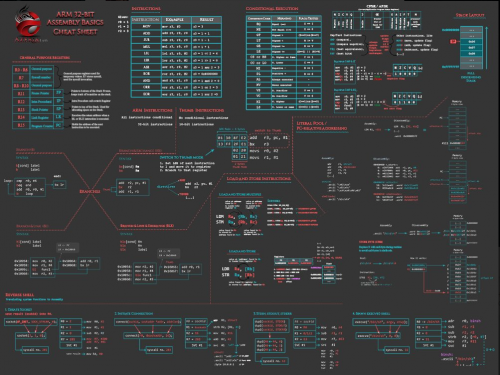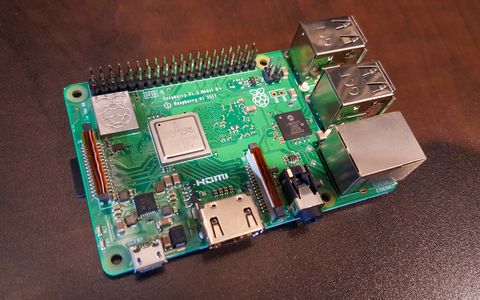

The emulator provides support for configuring the runtime setup and for installing the operating system images.


The Raspberry Pi Emu utility comes with a small user interface where you can launch the configuration procedures or start the Raspberry Pi images. Download and deploy Raspberry Pi 1 and Raspberry Pi 2 images to your Mac The Raspberry Pi Emu (formerly known as Raspberry Pi Emulator) app offers you the possibility to run software designed for the platform even if you don’t have access to the hardware device. The above runs a 32-bit kernel, if you were already running 64-bit Raspbian use the arm64 kernel instead and replace qemu-system-arm with qemu-system-aarch64.Raspberry Pi single board calculators are great when developing IoT projects or when trying to understand basic computing notions. netdev tap,id=net0,ifname=tap0,script=no,downscript=no \ device virtio-scsi-device -device scsi-hd,drive=hd \ drive file=/rpi/root.img,format=raw,id=hd,if=none,media=disk \ Sudo dpkg -install linux-image-5.10.0-21-armmp-lpae_5.10.162-1_bĬopy out the kernel and initrd from /boot to the host, then run QEMU with something like this: qemu-system-arm \ First install a virtualization-capable kernel, Raspian doesn't provide one but the regular Debian ARM distro does: wget Getting it running is a bit more work but in the end not too complicated (more instructions here). It also supports arbitrary CPU counts and memory sizes. I've had better success using the virt model which emulates a generic ARM system, but uses virtualization, rather than device emulation, which leads to lower CPU utilization on the host and much better I/O performance. It's also locked to 4 CPUs and 1 GB of memory. While the raspi3b model works well, it is quite inefficient and its network speeds are really low because it emulates the USB-Ethernet adapter.


 0 kommentar(er)
0 kommentar(er)
